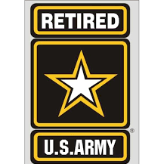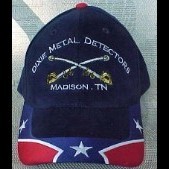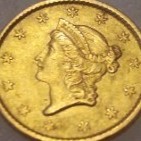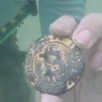A "holy Grail" In Jewelry Hunting Has Been Achieved!
-
Similar Content
-
- 5 replies
- 305 views
-
- 0 replies
- 362 views
-
- 3 replies
- 400 views
-
- 5 replies
- 8,705 views
-
- 3 replies
- 535 views
-
- 4 replies
- 607 views
-
-










Recommended Posts
Create an account or sign in to comment
You need to be a member in order to leave a comment
Create an account
Sign up for a new account in our community. It's easy!
Register a new accountSign in
Already have an account? Sign in here.
Sign In Now